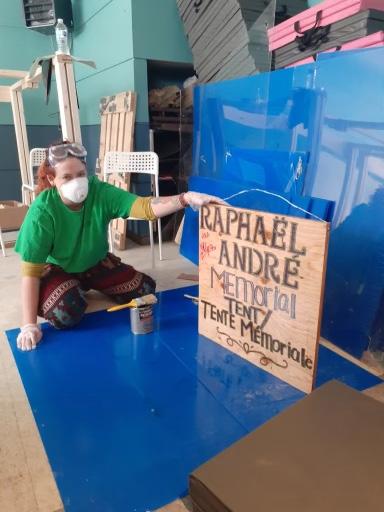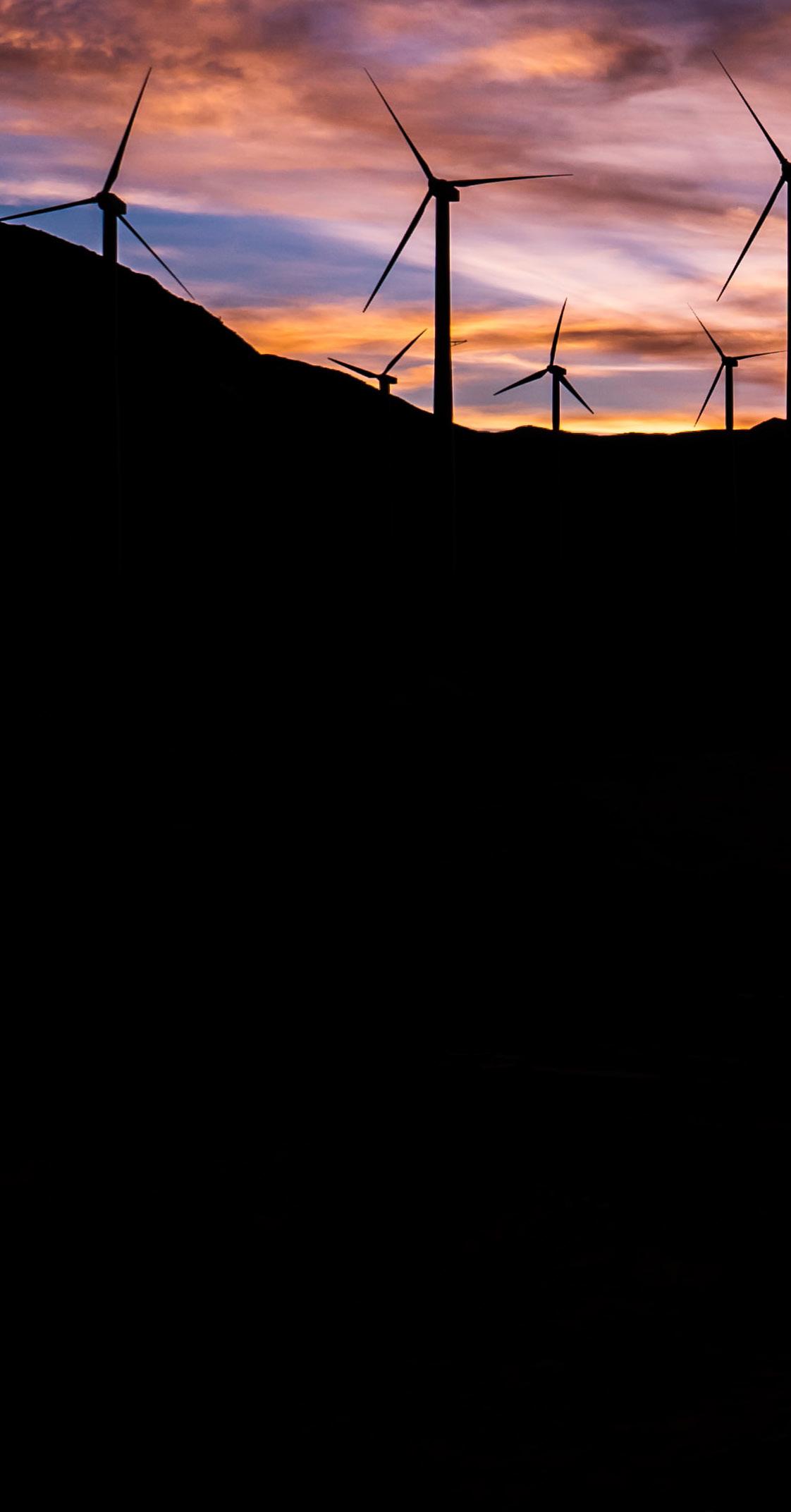A
new wind energy project in Whapmagoostui-Kuujjuaraapik is launching environmental and social impact assessments for the twin communities’ Cree and Inuit populations.
If you need more information or have additional questions, contact our office in Val-d”Or. By phone: 819-874-2600 By email: justicevaldor@cngov.ca
6 the Nation February 26, 2021 www.nationnews.ca
Community consultations that began February 16 will determine the social acceptability of the project, which proposes to partly replace the use of diesel-powered electricity with renewable energy. “This project is important for the community in that it will help reduce greenhouse gas emissions that contribute to global climate change,” said Anthony Ittoshat, mayor of Kuujjuaraapik and vice-president of the newly created Kuujjuaraapik-Whapmagoostui Renewable Energy Corporation (KWREC). When Hydro-Québec notified the two villages of plans to upgrade the existing diesel powerhouse in 2011, they mobilized to pursue a sustainable energy alternative. Nimschu Iskudow, a subsidiary of Whapmagoostui Cree Nation, was created to join Kuujjuaraapik’s Sakkuq Landholding Corporation in studying solar, biomass and other energy alternatives – eventually opting for wind. On a trip in 2014 to China, the world leader in wind-power generation, they found two companies willing to invest in the project. Stalled negotiations with Hydro-Québec led to interventions from the Quebec Energy Board, which directed the crown corporation to collaborate with both communities. “We’re producing energy and Hydro-Québec has agreed to buy that power,” KWREC president Matthew Mukash told the Nation. “We brought up the blackout issue in our community – 20 a year, especially in wintertime. One time the powerhouse caught on fire. We’re negotiating the power-purchasing agreement, which will be concluded in March.” With diesel’s pollution and rising costs, KWREC hopes to eventually relegate the old power plant built by the Canadian Army in the 1950s to an emergency backup supply. The proposed wind turbines will generate approximately six gigawatt-hours of electricity annually over the project’s esti-






